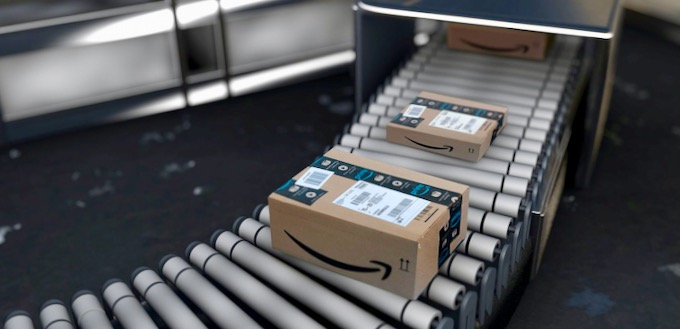Want books for the holidays? Order early! Avoid the annual publishing shortage
 Powerful forces transforming the publishing industry make authors and customers nervous in the final months of each year. They worry about disappointing slowdowns in book shipments after a couple of years of significant bottlenecks in production during the year-end holiday-shopping season.
Powerful forces transforming the publishing industry make authors and customers nervous in the final months of each year. They worry about disappointing slowdowns in book shipments after a couple of years of significant bottlenecks in production during the year-end holiday-shopping season.

Publishers Weekly (PW) magazine summed up the biggest problem in a six-word headline: Too Many Printers—Too Little Paper.
PW was referring to the rapidly rising cost of paper.
Those rising paper costs are driven by an ever-shrinking capacity of book-quality paper—while book sales continue to rise each year.
More than one industry expert has written a column describing this major disruption as a perfect storm.
Thank Amazon for the Shortage
That storm
analogy is appropriate, because the shortages are driven by winds swirling from all directions. Book sales are up—at the same time capacity is shrinking.
And, here’s another example of swirling forces: While publishers continue to prize Amazon’s rapid sales and distribution channels as a cornerstone of book marketing—that massive, cultural shift toward online shopping is also part of the problem for publishers. Those millions of boxes flowing from Amazon distribution centers require a flood of cardboard from the same industry that serves publishers.
A mid- report from the American Forest and Paper Association (AF&PA) was a grim reminder for publishers that this head-snapping shift in paper production is continuing. The rise in direct-to-consumer shipping has pushed a lot of pulp and paper factories toward manufacturing containerboard.
AF&PA’s mid- survey of the industry found that containerboard production now accounts for nearly half of all paper flowing from U.S. factories, up from only 38 percent of paper production in . Meanwhile, the production of newsprint and printing-writing papers
continues to shrink.
PrintWeek magazine reports that this whip-sawing throughout the industry extends far beyond the books vs. boxes dilemma. Both AF&PA and PrintWeek magazine report a growing production of tissue
as well, a category of paper used in a long list of household products and packaging.
Several industry observers also point to the growing popularity of paper
over plastic
among American consumers in checkout lines as driving these major changes in production.
Shifts in Publishing Technology
Another major disruption is the rapid migration of printing and binding plants toward high-tech, just-in-time machines like the global network of factories operated by Lightning Source. (Care to learn more? Here is Susan Stitt’s recent column.)
This shift has led some long-time publishing giants to shut down factories. Nearly every newspaper or magazine analysis of the year-end publishing crunch mentions the closing of Edwards Brothers Malloy in after 125 years as a major player in book production. The company had been adding digital capacity to its plants, but was simply caught in the vice-like grip of rising paper costs and competition from companies that were more agile in adapting to high-tech production.
Then, the failure of that Ann Arbor-based company had a ripple effect. All of Edwards Brothers’ customers scrambled to find new printers—compounding the pressures on overall capacity.
The NY Times Weighs in with an Overview
This week’s Front Edge column was written after reporting from more than a dozen industry sources, including a number of arcane and jargon-ridden reports from publishing magazines, trade groups and newsletters.
So, if you really want to dig deeper into what is shaping up as an annual, year-end crisis, we recommend that you turn to The Times. The single best overview of the problem was a lengthy news-analysis published in by The New York Times. The story says in part:
This year has been, much to everyone’s surprise, a blockbuster for the publishing industry. Despite the relentless news cycle, readers have bought books in droves. Hardcover sales are up, and unit sales at independent bookstores have risen 5 percent. … But what should be good news for publishers, agents and authors has created headaches during the crucial holiday sales season, as printing presses struggle to keep up with a surge in demand, creating a backlog that has led to stock shortages of popular titles.
Bottom Line: Order Early!
That’s why we are publishing this column in mid-.
Help us spread the news among writers, authors and book lovers: Want books in and ? Order early!
We hope that authors will share this news with their readers in and to avoid disappointing delays in and .
Are you thinking about placing a group order of books? Contact our Director of Marketing Susan Stitt today.